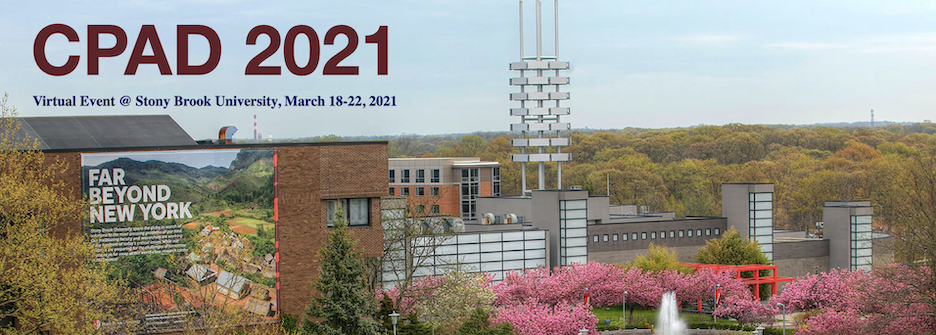Speaker
Description
The Baryon Mapping Experiment (BMX) at Brookhaven Laboratory is a 4-dish radio interferometer operating in the frequency band from 1100 to 1650MHz. It is designed as a technical pathfinder for a future cosmic survey using the intensity mapping technique to measure large-scale 3D cosmic structure traced by the redshifted emission of neutral hydrogen (rest frame wavelength 21cm). The array consists of four, 4-m diameter off-axis parabolic dishes and low-noise dual-polarization receivers. The digital back-end electronics includes digitization and real-time frequency channelization and correlation using fast GPU processors. In continuous operation, the telescope generates 28GB/day of time-ordered visibility data, resulting in a ~10TB dataset over ~380 days of observation.
A major objective of BMX is to investigate calibration techniques, which will be critical for a large future program. To date, we have used observations of astrophysical (Cyg A active galaxy) and artificial (UAV and GNSS satellite) sources as calibrators and have preliminary results for beam parameters as functions of frequency and polarization. We have also mapped the spatial and fine-scale frequency structure of the region of the Milky Way galaxy within the BMX footprint and found good agreement with the all-sky survey made with the Effelsberg 100m radio telescope (HI4PI collaboration, arXiv:1610.06175).
An upgrade of the digital back end electronics is underway which will replace the PCI digitizer cards and portions of the correlator F- and X-engines with recently-introduced RF System-on-Chip (RFSoC) hardware, capable of digitizing all 8 channels at 4-6 Gsamples/sec and streaming data out at 50GB/s.
